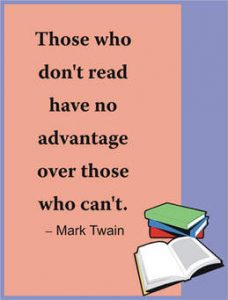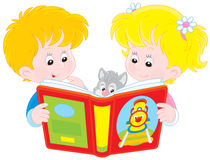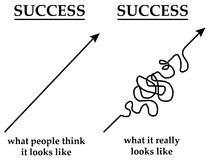Reading Fluency: Part 1

Reading fluency is the ability to identify words quickly , accurately, and understanding their meaning. Learners develop reading fluency by reading daily at their reading level. This reading level is constantly changing .Learners start developing fluency at an easy reading level. Then they move on to the next book, which will be slightly more difficult, but not much, as to not frustrate the reader. Therefore, reading fluency and reading a lot are linked together.

Dysfluent Reader
A dysfluent learner cannot decode words quickly ( phonological awareness and sound identification are not in place) and accurately. They will stop frequently trying to ‘sound out’ word after word. This causes learners to lose speed and comprehension, which leads to frustration and lack of motivation to read. In this case there is no reading fluency.

Reading fluency problems don’t fix themselves and learners become dysfluent. This needs to be corrected so that learners continue to acquire vocabulary and knowledge through reading whether reading silently or orally.

Reading is Empowering
Some fluent readers are voracious readers, others read because they have to and others don’t like to read. I find that if a person can read fluently with comprehension and says, ‘I don’ t like to read’, it is usually the type of reading material that turns them off reading. Especially in school settings where learners have to read what they are told to read, instead of what they like to read. Reading is reading whether you read a magazine, a book, a newspaper, internet materials…and so on.
On the other hand, some people would like to read, but they can’t. This is a technical difficulty that can be remedied with the right tools, time and practice. Everyone can learn to read. It empowers people!
Reading fluency is a very important part of the reading process. It is important to access and develop it.
Love, Light and Gratitude,
Alda
Quote
“Start by doing what is necessary; then do what is possible; and suddenly you are doing the impossible.” (St. Francis of Assissi)



 Training
Training
